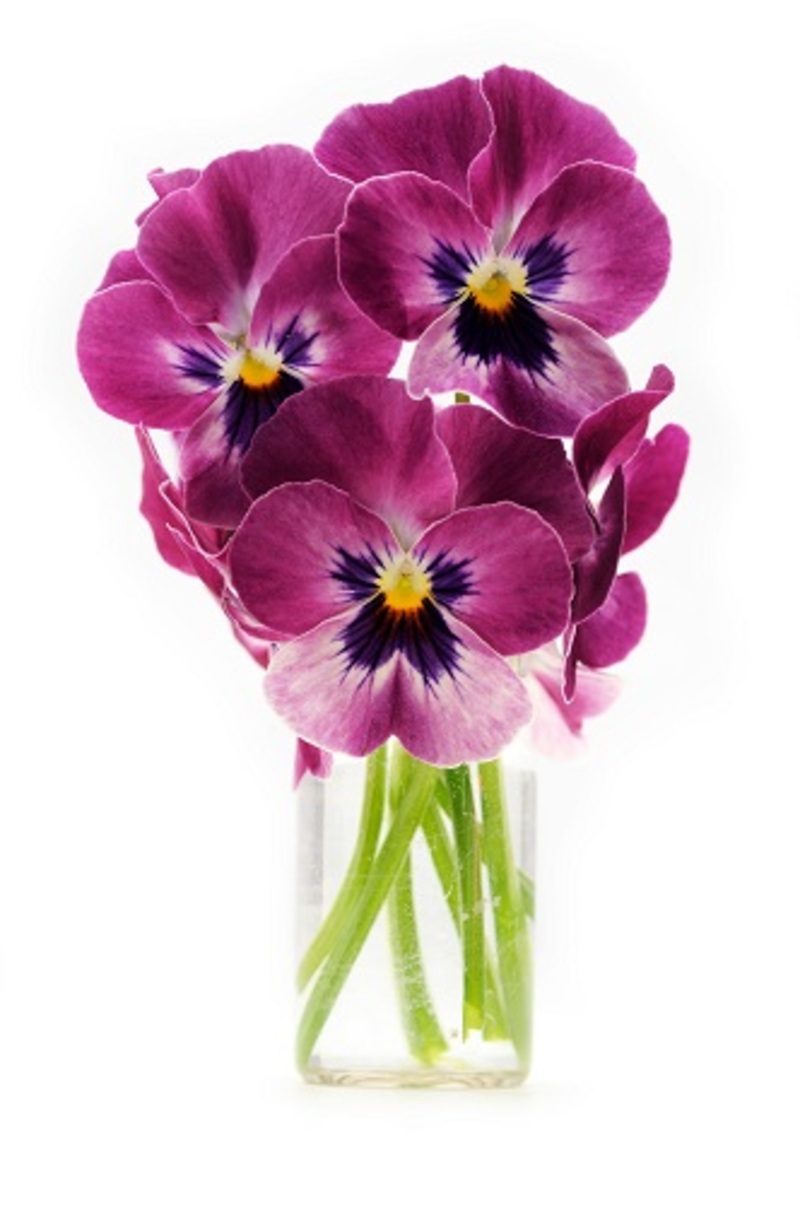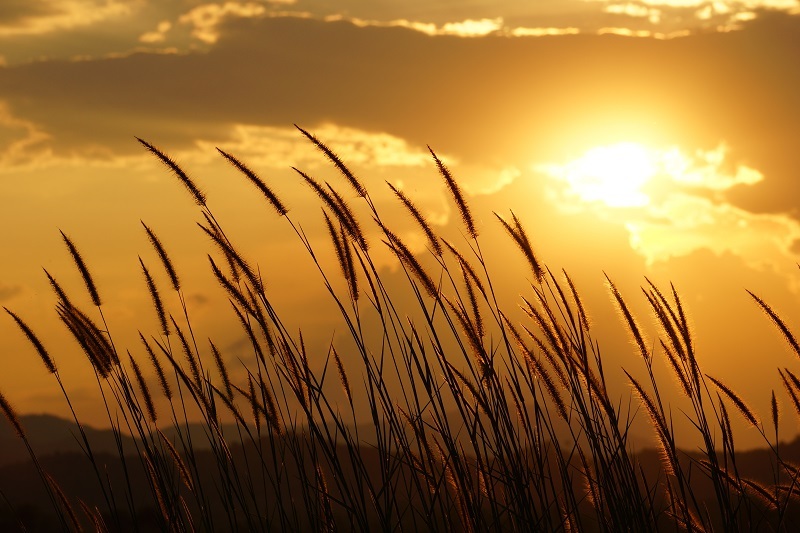Discover the Radiance: 8 Little-Known Sunflower Facts
Posted on 13/08/2025
Discover the Radiance: 8 Little-Known Sunflower Facts
Sunflowers, with their vibrant golden faces and towering stems, have captivated observers for centuries. More than just a decorative touch in gardens and fields, these radiant blooms possess a rich history, unique characteristics, and surprising uses that many people don't know about. Whether you're a gardening enthusiast, a lover of nature, or simply curious about the world, read on as we explore eight little-known sunflower facts that will leave you appreciating these spectacular flowers more than ever.
1. Sunflowers Originate from North America
When people think about the origin of sunflowers, they might assume these sunny blooms are from exotic locations. In reality, sunflowers are native to North America. Fossil evidence and archaeological discoveries trace their domestication back over 4,500 years to what is now the present-day U.S. and Canada.
- Native Americans used sunflowers for more than just food--they utilized every part, from the seeds to the stalks, for medicinal, culinary, and dye-making purposes.
- It wasn't until Spanish explorers brought them to Europe in the 16th century that sunflower cultivation spread worldwide.
Fun Fact: North Dakota is currently the largest producer of sunflowers in the United States.

2. Sunflowers Track the Sun - The Science of Heliotropism
Have you ever seen a young sunflower field and noticed how all the heads seem to follow the sun throughout the day? This behavior, known as heliotropism, is one of the most remarkable aspects of sunflower physiology.
- Young sunflower buds face east in the morning and rotate westward by the evening, literally tracking the arc of the sun. This dance allows optimal photosynthesis and energy absorption for growth.
- As sunflowers mature, this movement slows, and their heads settle facing east, which helps warm the bloom earlier in the day and attracts pollinators.
Scientists believe this solar tracking increases the sunflower's growth rate and reproductive success, making it a uniquely adaptive plant in the floral world.
3. Sunflowers Are Actually Made Up of Many Flowers
At first glance, a sunflower appears to be a single huge flower. However, what you see as the "head" is actually a composite of hundreds to thousands of tiny individual flowers, technically known as a capitulum.
- The outer yellow petals (ray florets) are sterile and serve to attract insects with their bright hue.
- The central disk florets are the real reproductive units, where pollination and seed formation occurs.
This intricate composite structure enables sunflowers to attract pollinators efficiently and maximize seed production.
4. Some Sunflowers Can Grow Over 30 Feet Tall!
Most people are familiar with typical garden sunflowers, which reach heights of 5-10 feet. But did you know that some varieties have shattered world records?
- The tallest sunflower ever recorded stood at 30 feet, 1 inch (9.17 meters), grown in Germany in 2014.
- These impressive heights require rich soil, regular watering, full sun, and a strategic support system to avoid bending or snapping.
*Tip for Gardeners:* If you want to try growing your own sunflower giant, choose varieties like 'Russian Giant' or 'Mammoth' for the best results.
5. Sunflower Seeds: A Powerhouse of Nutrition
When discussing sunflower facts, it's impossible not to mention the tiny yet mighty sunflower seed. Not only are these seeds a delicious snack, but they're also packed with nutrients that offer numerous health benefits.
- Excellent Source of Vitamin E: Just a handful provides over a third of your daily recommended intake, supporting healthy skin and acting as an antioxidant.
- Rich in Healthy Fats: Sunflower seeds contain heart-healthy unsaturated fats, helpful in reducing cholesterol levels.
- Protein and Fiber: These seeds offer a convenient boost of plant-based protein and dietary fiber.
- Vitamins and Minerals: You're getting a dose of magnesium, selenium, and B vitamins with every bite.
Whether you enjoy them raw, roasted, or as sunflower seed butter, these seeds are one of nature's best superfoods.
6. Sunflowers Help Clean Toxic Soil
Among the most fascinating sunflower trivia is the plant's incredible ability to absorb environmental toxins--a process known as phytoremediation.
- Sunflowers can extract heavy metals such as lead, arsenic, and even radioactive isotopes from soil through their roots.
- After catastrophic nuclear disasters like Chernobyl and Fukushima, sunflowers were planted to help clean polluted land.
This eco-friendly capability highlights the sunflower's importance not just as a food or ornamental plant, but also as a powerful ally in environmental restoration efforts.
7. Symbolism: More Than Just a Pretty Face
Throughout history and across cultures, the sunflower has been imbued with deep symbolic meaning. It's often viewed as a sign of positivity, loyalty, and vitality.
- In Victorian England, giving someone a sunflower was considered a way to express pure admiration and devotion.
- Native American tribes saw the sunflower as a symbol of harvest and bounty.
- In spiritual circles, the sunflower's alignment with the sun represents unwavering faith and the pursuit of enlightenment.
Today, the sunflower remains a beloved emblem in art, literature, and even politics as a beacon of hope and steadfastness.
8. Sunflowers Inspire the Art World
Perhaps no flower is more recognizable in art than the sunflower. With its bright hues and distinctive shape, it has inspired countless masterpieces throughout the ages.
- Vincent van Gogh's famous Sunflowers series, painted in the late 1880s, immortalized the flower and showcased the artist's fascination with their beauty and symbolism.
- Sunflowers are a recurring subject in modern photography, textiles, garden design, and even tattoos.
- The flower's unique geometry--spirals and patterns based on the Fibonacci sequence--has also fascinated mathematicians and designers.
Whether in a classic oil painting or a fresh Instagram post, the radiance of sunflowers continues to inspire creativity worldwide.
Final Thoughts: Why Appreciating Sunflowers Matters
From their ancient roots in North America to their modern role as environmental superheroes, sunflowers are much more than meets the eye. Each towering stalk and golden bloom carries a legacy of scientific marvel, nutritional bounty, environmental value, and symbolic resonance. Next time you see a field of sunflowers, remember these little-known sunflower facts--and let yourself be inspired by their radiance, resilience, and boundless beauty.
Quick Recap: 8 Amazing Sunflower Facts
- Originated in North America
- Track the sun through heliotropism
- Each head is composed of thousands of flowers
- Can reach record heights over 30 feet
- Seeds are highly nutritious
- Clean toxic soils through phytoremediation
- Symbolize positivity and loyalty throughout cultures
- Have inspired countless works of art

Frequently Asked Questions About Sunflowers
Why do sunflowers turn to face the sun?
Young sunflowers exhibit heliotropism, tracking the sun across the sky to maximize growth and attract pollinators. Mature blooms typically settle facing east to benefit from morning warmth.
Are sunflower seeds healthy?
Yes! Sunflower seeds are an excellent source of vitamin E, healthy fats, and several minerals. They can be enjoyed as a tasty, nutritious snack or added to salads and baked goods.
How tall can a sunflower grow?
Some sunflower varieties, under ideal conditions, can soar over 30 feet tall. However, the average garden sunflower grows between 5 and 10 feet high.
Can sunflowers help clean the environment?
Absolutely. Sunflowers are used in phytoremediation projects to absorb heavy metals and radioactive substances from contaminated soils, making them an eco-friendly tool for environmental cleanup.
What do sunflowers mean in symbolism?
Across cultures, sunflowers symbolize positivity, loyalty, harvest, and hope. Their association with the sun and their bright, open faces have made them universal icons of cheerfulness and resilience.
Grow Your Own Sunflowers: Simple Tips
- Choose the Right Variety: Pick a type suitable for your space--giants for large gardens, dwarfs for pots.
- Plant in Full Sun: Sunflowers need at least 6-8 hours of direct sunlight per day.
- Well-Drained Soil: Ensure soil is loose and drains well. Amend with compost for best results.
- Space Properly: Allow good airflow by spacing seeds according to the variety's requirements.
- Support Tall Varieties: Stake your sunflowers to prevent wind damage.
- Regular Watering: Keep the soil moist, especially during germination and early growth stages.
In summary, the world of sunflowers is full of captivating secrets and scientific wonders. Embrace these hidden sunflower facts and let their sunny disposition illuminate your garden, your kitchen, and your life!
Latest Posts
Best Flower Markets and Fairs in [AREA] Next Year (2025 Update)
Effortless Office Elegance with Simple-Care Plants
Maximize the beauty of your blossoms with 3 easy-to-implement ideas






